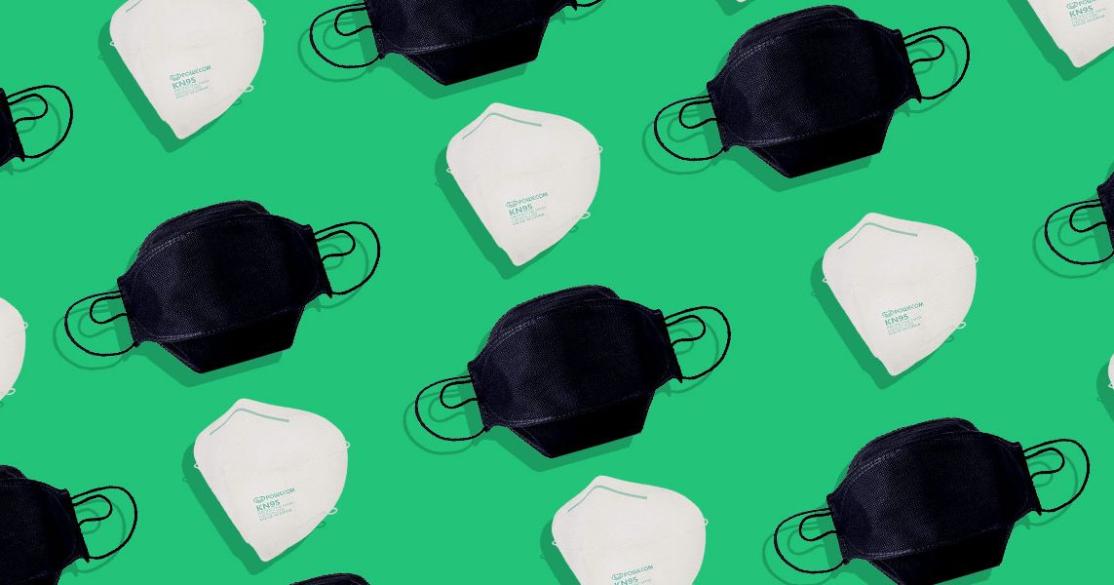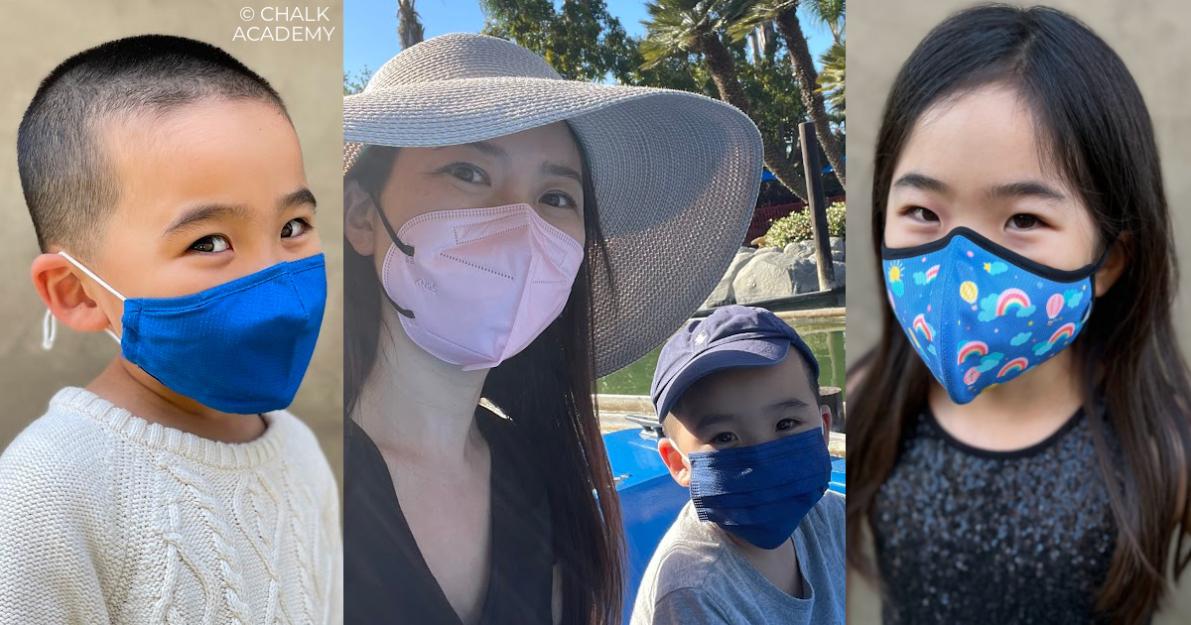KF94 Masks vs. N95 Masks: Which One Is Better?
As the COVID-19 pandemic continues to evolve, mask-wearing remains a critical measure to protect ourselves and others from the virus. Among the various types of masks available, KF94 and N95 masks stand out for their high filtration efficiency. However, understanding the differences between these two mask types can help individuals make informed choices based on their specific needs and circumstances.

I. Effectiveness
A. Filtration Efficiency
Filtration efficiency is a key factor in determining the effectiveness of a mask in blocking harmful particles. Both KF94 and N95 masks offer high filtration rates, but there are some subtle differences.
- KF94 Masks: KF94 masks are designed to filter at least 94% of particles with a size of 0.3 microns or larger. This includes most airborne particles, including bacteria, viruses, and fine dust.
- N95 Masks: N95 masks are required to filter at least 95% of particles with a size of 0.3 microns or larger. This means that N95 masks offer slightly better filtration efficiency compared to KF94 masks, although the difference is relatively small.
It's important to note that both KF94 and N95 masks rely on electrostatic charge to attract and trap particles. This charge can be affected by factors such as humidity and moisture, which can potentially reduce the filtration efficiency of the mask.
B. Fit and Leakage
A snug fit is crucial for a mask to be effective. Leakage around the edges of the mask can allow unfiltered air to enter, reducing the overall protection provided by the mask.
- KF94 Masks: KF94 masks typically have a more contoured design compared to N95 masks, which can help achieve a better fit for a wider range of face shapes. They also often feature adjustable ear loops or headbands for a more customized fit.
- N95 Masks: N95 masks come in various shapes and sizes to accommodate different face shapes. However, they may require more careful fitting to ensure a snug seal around the face. N95 masks often have a metal nose bridge that can be adjusted to improve the fit.

Proper mask-wearing techniques, such as ensuring the mask covers the nose, mouth, and chin, and avoiding touching the mask while wearing it, are essential for minimizing leakage and maximizing the effectiveness of the mask.
C. Protection Against Variants
The emergence of new COVID-19 variants has raised concerns about the effectiveness of masks in providing protection against these variants. While research is ongoing, there is evidence to suggest that both KF94 and N95 masks can offer protection against variants.
- KF94 Masks: Studies have shown that KF94 masks can effectively filter out the Omicron variant of COVID-19, which is known to be more transmissible than previous variants.
- N95 Masks: N95 masks have also been found to be effective against the Omicron variant, providing a high level of protection.

It's important to note that the effectiveness of any mask in protecting against variants can be influenced by factors such as the fit of the mask, the wearer's compliance with mask-wearing guidelines, and the specific characteristics of the variant itself.
II. Comfort and Breathability
A. Material and Design Differences
The materials used in KF94 and N95 masks can impact their comfort and breathability.
- KF94 Masks: KF94 masks are typically made of a soft, non-woven material that is lightweight and breathable. They often have multiple layers of material, including a melt-blown layer that helps filter particles.
- N95 Masks: N95 masks are typically made of a thicker, more rigid material that provides a higher level of filtration. They may have multiple layers of material, including a melt-blown layer and a layer of activated carbon for odor absorption.
The design of the mask can also affect comfort. KF94 masks often have a more contoured shape that conforms to the face, while N95 masks may have a flatter design.
B. Pressure Drop and Breathing Resistance
Pressure drop and breathing resistance are important factors to consider when evaluating the comfort of a mask.
- KF94 Masks: KF94 masks generally have a lower pressure drop and breathing resistance compared to N95 masks. This means that it is easier to breathe through a KF94 mask, making it more comfortable for extended periods of wear.
- N95 Masks: N95 masks have a higher pressure drop and breathing resistance due to their thicker material and tighter fit. This can make breathing more difficult, especially for individuals with respiratory conditions or who engage in strenuous activities.
The choice between a KF94 and an N95 mask should take into account the individual's comfort level and any specific health considerations.
III. Availability and Accessibility
A. Global Supply and Production
The availability and accessibility of KF94 and N95 masks can vary depending on factors such as global supply and production.
- KF94 Masks: KF94 masks are primarily produced in South Korea and are widely available in Asian countries. However, their availability in other regions may be limited due to export restrictions and supply chain disruptions.
- N95 Masks: N95 masks are produced in various countries, including the United States, China, and Taiwan. They are more widely available globally compared to KF94 masks, but supply and demand can fluctuate, especially during periods of high demand.
The availability of both KF94 and N95 masks can also be affected by factors such as government regulations, market demand, and disruptions in the supply chain.
B. Cost and Affordability
The cost of KF94 and N95 masks can vary depending on factors such as brand, quality, and availability.
- KF94 Masks: KF94 masks are generally more affordable compared to N95 masks, especially in countries where they are widely produced.
- N95 Masks: N95 masks can be more expensive, especially during periods of high demand or in regions where they are not widely available.
The cost of masks can be a factor in accessibility, especially for individuals or communities with limited financial resources.
IV. Summary and Recommendations
Both KF94 and N95 masks offer high levels of protection against airborne particles, including viruses and bacteria. The choice between the two types of masks depends on factors such as effectiveness, comfort, availability, and cost.
- KF94 Masks: KF94 masks are a good choice for individuals who prioritize comfort and breathability, or who have difficulty finding a snug fit with N95 masks. They are also generally more affordable and widely available in some regions.
- N95 Masks: N95 masks offer slightly better filtration efficiency compared to KF94 masks and may be preferred by individuals who work in high-risk settings or who have specific health concerns. However, they may be more expensive and less comfortable to wear for extended periods.
Regardless of the type of mask chosen, it is essential to ensure a proper fit and to follow proper mask-wearing techniques to maximize its effectiveness. Adherence to public health guidelines, such as social distancing and frequent handwashing, remains crucial in reducing the spread of COVID-19 and other respiratory infections.
YesNo

Leave a Reply